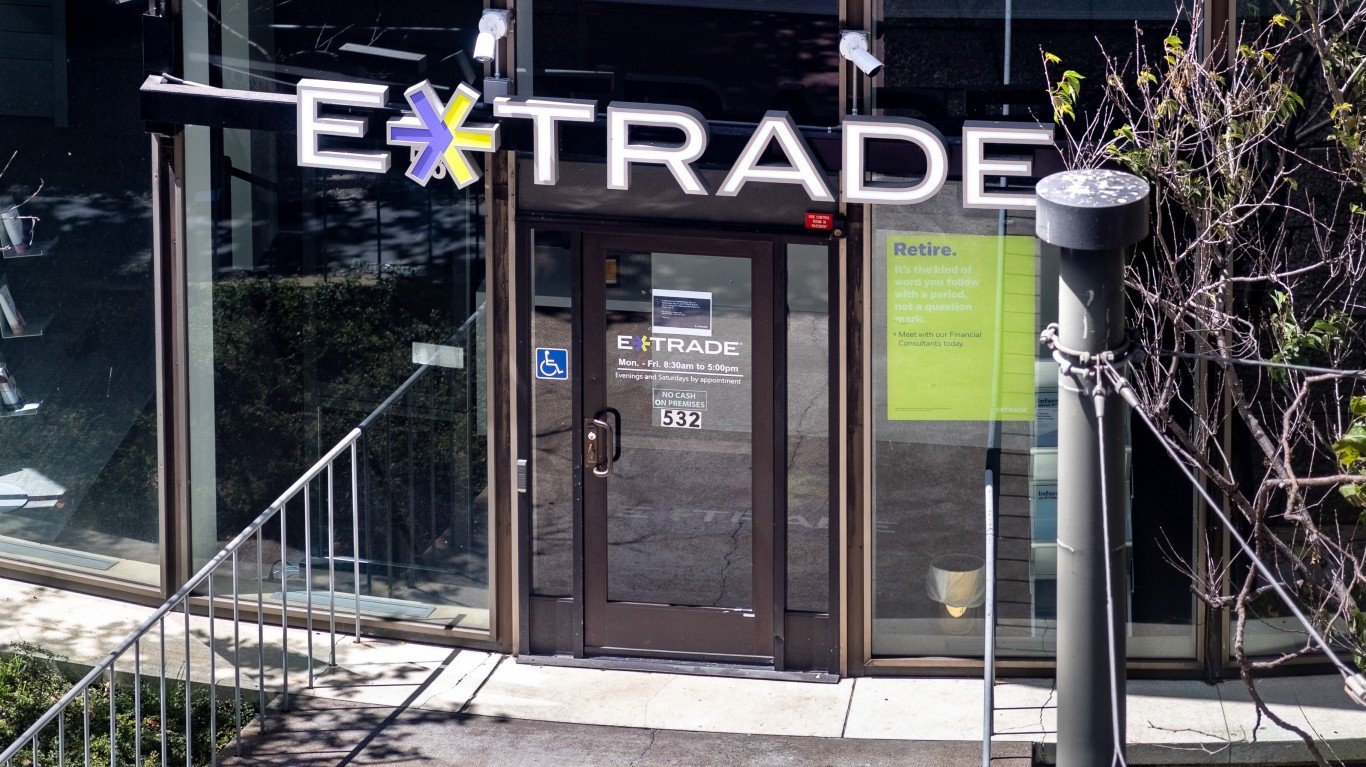

Earnings season for the fourth quarter of 2019 has all but ended, and investors and economists are now trying to look through the current financial woes and slowing growth due to the coronavirus. It is generally believed that for the stock market to rise there has to be some participation by the financial sector. After all, if the value of the whole market has risen, it should imply that the firms who benefit directly from higher asset prices will rise as well.
The Federal Deposit Insurance Corporation (FDIC) has released its net income report for the banking sector under the FDIC insured banks for the fourth quarter of 2019. The report looks less rosy than some of the top banks might have indicated in January, and that was certainly before the news flow changed in January and February.
While this report has plenty of data that support a glass half-full or half-empty, the reality so far in 2020 is that some of the cautionary trends of the fourth quarter have already seen additional pressure for the year ahead.
Now that the banks have reported earnings, and now that the yield curve went from flat to inverted, many of the top banking stocks are trading down about 10% from their highs. Investors already have seen all the major earnings reports from the financial sector. What they have not seen was the aggregated report on earnings for the entire sector, even if the analysts and economists have made estimates on the banking sector as a whole.
There does still seem to be some good news in that the number of banks on the FDIC’s “Problem Bank List” remained low, with the number of problem banks falling to 51 from 55 during the fourth quarter. The FDIC also reported that total fourth-quarter loan/lease balances rose sequentially and year over year. The FDIC also showed that overall asset quality indicators remained stable.
During the fourth quarter of 2019, three new FDIC-insured banks opened, and 77 institutions were absorbed by mergers and three bank failures.
The bad news is that the net income level for all of 2019 fell by 1.5% to $233.1 billion as the quarterly net income saw a decline of 6.9% ($4.1 billion) from the fourth quarter of 2018. As for the culprit, the FDIC report noted that the decline in net income for the fourth quarter was led by lower net interest income at the same time the banks experienced higher non-interest expenses. The reason for the drop year over year was shown to be slower growth in net interest income and higher loan-loss provisions. The FDIC also reported that the overall net interest margin in the fourth quarter of 2019 contracted by 20 basis points (0.20%) a year earlier to 3.28%.
Another issue the FDIC’s fourth-quarter report shows was that the decline was broad-based. Nearly half of all FDIC covered institutions (45.6%) reported annual declines in net income, and the portion of unprofitable institutions remained stable from a year earlier at 7.2%. The average return on assets ratio fell to 1.20% in the fourth quarter of 2019 from 1.33% in the same quarter of 2018. Tuesday’s report showed that the drop in lower net interest margins was the first annual decline since 2013, and that was blamed on lower yields on earning assets.
Community banks had a bit better outing in the fourth quarter of 2019. Net income rose by 4.4% from a year earlier for the smaller banks. The 4,750 FDIC-insured community banks reported a combined quarterly net income of $6.4 billion, a gain of $270.3 million from a year earlier. Some 53.9% of all community banks also reported net income growth. Net interest income for the community banks increased by 2.1% because of a strong 5.5% gain in their annual loan growth. Still, the average community bank’s net interest margin fell by 15 basis points to 3.62%.
The FDIC’s Deposit Insurance Fund balance rose by $1.4 billion from the third quarter of 2019 to a new level of $110.3 billion. Tuesday’s report cited income and interest earned on investment securities as the reserve ratio held steady at 1.41%.
As for overall asset quality, the average noncurrent loan rate was shown to have remained relatively stable from the third quarter. Noncurrent balances declined for all major loan categories except for credit card loans. Those noncurrent balances increased by $1.3 billion, and while that is a small number, it is a 10.3% rise. The net charge-offs rose by 1.4% (or $1.3 billion) from a year earlier as well. FDIC data indicated that the average net charge-off rate was higher by just four basis points to 0.54%. Asset quality metrics for community banks showed that the noncurrent rate fell by three basis points to 0.75% while the net charge-off rate rose by three basis points to 0.18%.
FDIC Chair Jelena McWilliams said:
The banking industry remains strong, despite declines in full-year and quarterly net income. Loan balances continue to rise, asset quality indicators are stable, and the number of ‘problem banks’ remains low. Community banks reported another positive quarter. Net income at community banks improved because of higher net operating revenue, and the annual loan growth rate at community banks exceeded the overall industry… During the second half of 2019, we saw three reductions in short-term interest rates and yield-curve inversions. These factors present challenges for banks’ credit extension and funding. It is vital that banks maintain careful underwriting standards and prudent risk management in order to maintain lending through economic fluctuations.
It would be easy to point out that there were some negative trends at work. It also would be easy to point out that overall profitability remains quite high, as the FDIC’s chart shown bank profitability (net income, see below) is still at very high levels. The question for the first quarter of 2020, and perhaps beyond, is how well the banking sector can do as the yield curve inverted and as longer-term interest rates (10-year to 30-year maturities) are facing record low yields.
Thank you for reading! Have some feedback for us?
Contact the 24/7 Wall St. editorial team.
 24/7 Wall St.
24/7 Wall St.


